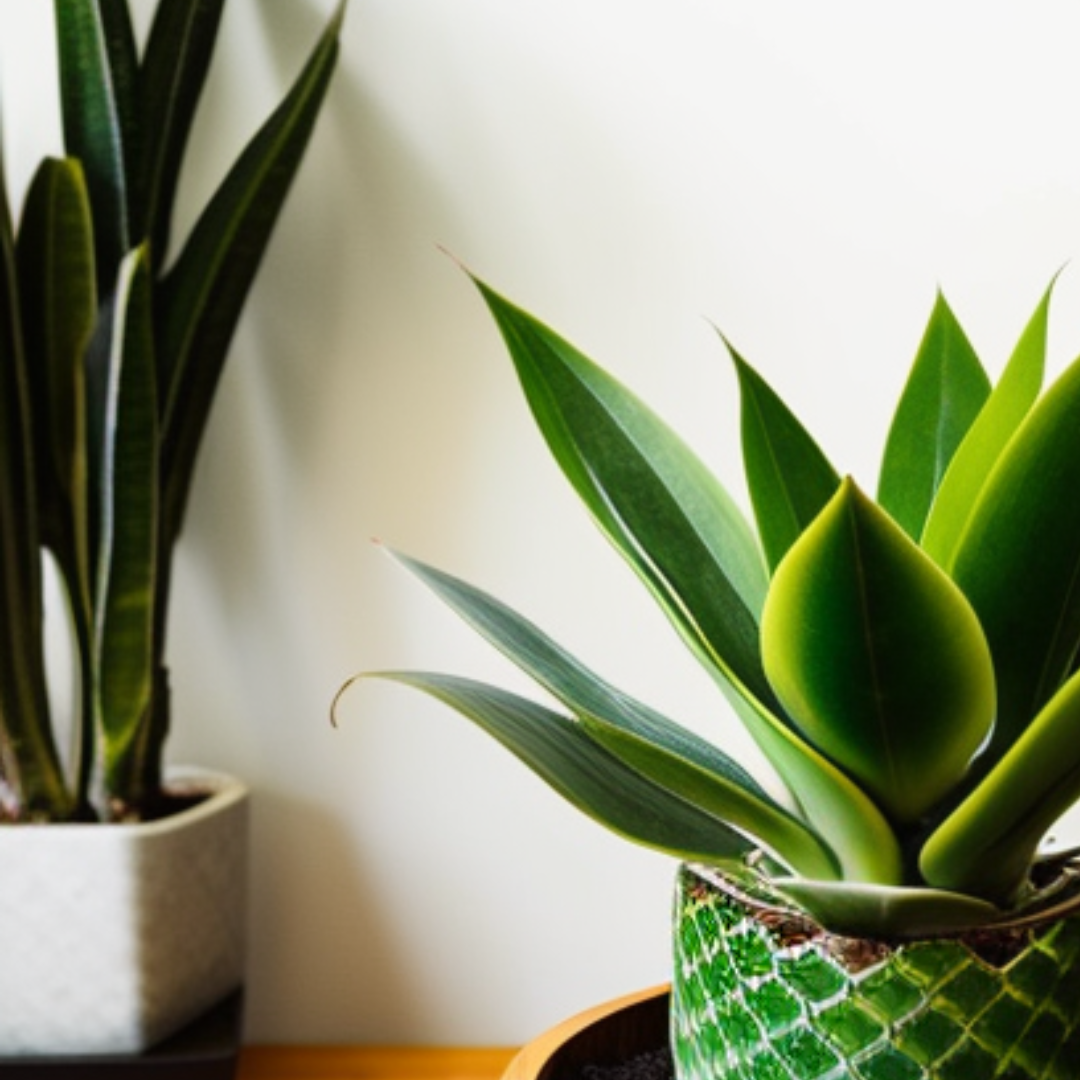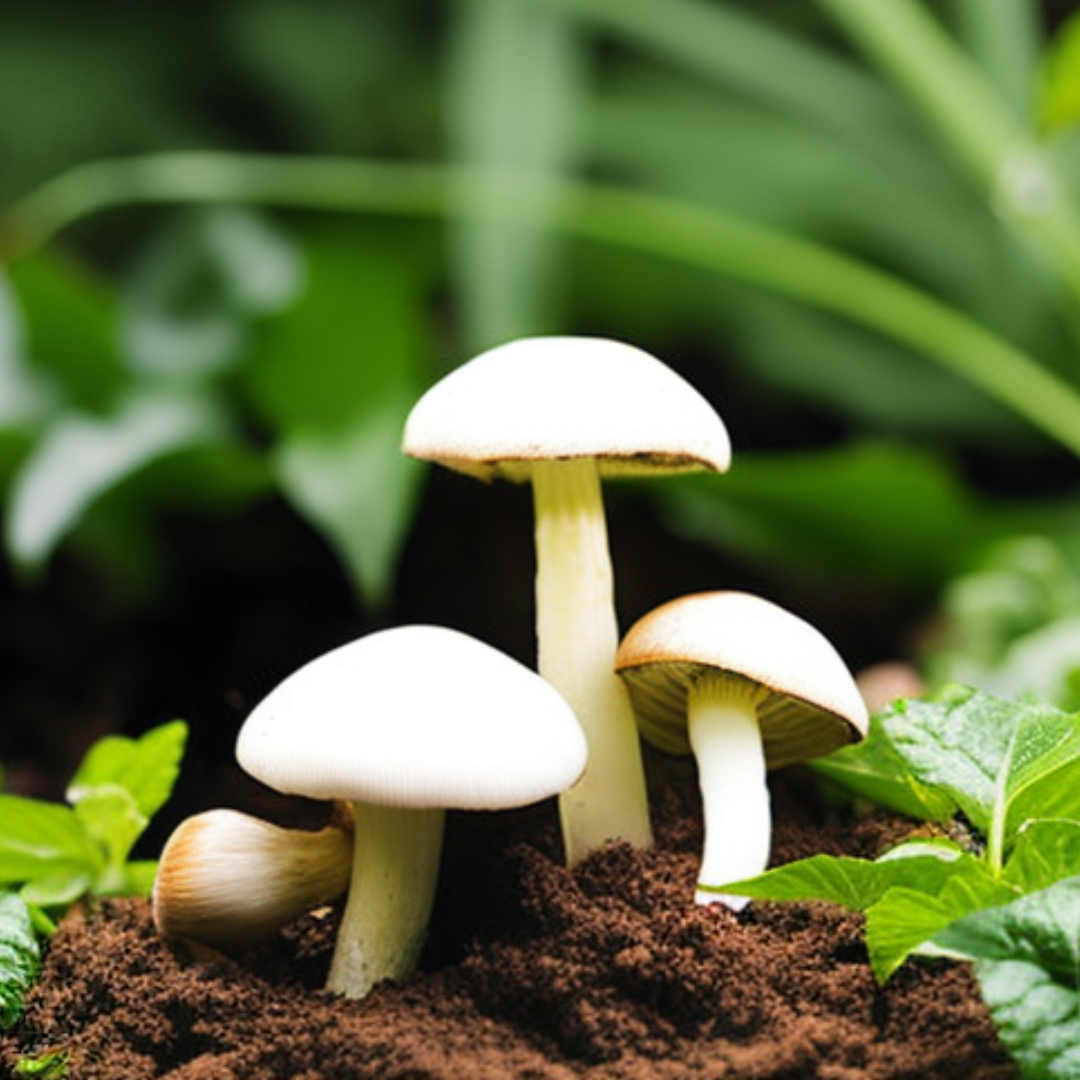Snake plants, also known as Sansevieria, are a popular choice for indoor plants due to their unique appearance and low maintenance needs. However, many plant owners may wonder how to make my snake plant grow faster. Luckily, there are several strategies you can employ to help your snake plant thrive and expand at a faster rate.
How to Make My Snake Plant Grow Faster
- Repot into a slightly larger pot
One of the most critical factors in a plant's growth rate is the size of its container. If your snake plant is in a small pot, it may struggle to grow due to a lack of space for its roots. Repotting your snake plant into a slightly larger pool can give the roots more room to grow and allow the plant to put more energy into developing upward. However, be careful not to choose a pot that is too large, as this can lead to overwatering and root rot.
- Use well-draining soil
Snake plants prefer well-draining soil that allows water to flow through easily. This soil type prevents the roots from waterlogging and rotting, stunting the plant's growth. Choose a high-quality potting mix specifically designed for indoor plants when repotting your snake plant. Avoid using heavy soils such as garden soil, as they can become compacted and prevent the roots from growing.
- Allow the soil to dry out between waterings
.While snake plants are relatively low maintenance, they require consistent watering. However, overwatering can be just as harmful to your snake plant's growth as underwatering. To promote faster growth, allow the top inch of soil to dry out between waterings. This allows the roots to breathe and encourages the plant to put more energy into growing.
- Provide bright, indirect sunlight.
Snake plants prefer bright, indirect sunlight. Placing your plant with plenty of natural light can help it grow faster. However, be careful not to put your snake plant in direct sunlight, which can scorch the leaves and damage the plant.
- Consider a grow light.
If your snake plant is not receiving enough natural light, consider using a grow light to supplement its light source. Grow lights give plants the specific wavelengths of light they need to grow, which can help increase their growth rate. When choosing a grow light, look for one that provides at least 2000-foot candles of light intensity, as this is the minimum amount of light required for plant growth.
- Keep the plant slightly root-bound
While repotting your snake plant into a slightly larger pot can help it grow faster, keeping it barely root-bound can also encourage growth. When a plant is slightly root-bound, it puts more energy into increasing upward rather than spreading its roots. However, be careful not to let your snake plant become too root-bound, as this can cause the roots to become compacted and prevent the plant from growing.
- Provide a humid environment
.Snake plants prefer a slightly humid climate, which can help promote growth. If the air in your home is arid, consider using a humidifier or placing a tray of water near the plant to increase the humidity.
- Fertilize during the growing season.
Fertilizing your snake plant during the growing season can also help it grow faster. Choose a balanced fertilizer and apply it once a month during the spring and summer months. However, be careful not to over-fertilize, as this can burn the roots and harm the plant.
- Be patient
Finally, it's important to remember that plants grow at their own pace. While these strategies can help promote faster growth, it's essential to be patient and give your snake plant the time it needs to grow. With proper care and attention, your snake plant will eventually reach its full potential and become a beautiful addition to your indoor space.
It's also worth noting that snake plants are known for their slow growth rate, so don't be discouraged if you don't see rapid growth immediately. Snake plants are generally slow growers, so set your expectations is essential.
In addition to the strategies mentioned above, you can do a few other things to help your snake plant thrive. First, make sure to keep the leaves clean and free of dust. Dust can build up on the leaves and prevent them from receiving enough sunlight, stunting the plant's growth. Use a damp cloth to gently wipe down the leaves every few weeks.
Second, avoid overwatering your snake plant. Snake plants prefer to dry out slightly between waterings, so check the soil moisture level before watering. If the soil is still moist, wait a few days before watering again.
Finally, watch out for signs of root rot. Overwatering can lead to root rot, which can kill your snake plant. Root rot symptoms include yellowing leaves, a mushy stem, and a foul odor from the soil. If you suspect your snake plant has root rot, remove it from the pot and inspect the roots. If the seeds are black or mushy, trim away the affected areas and repot the plant in fresh, well-draining soil.
In conclusion, making your snake plant grow faster requires attention to critical factors, such as pot size, soil quality, lighting, and humidity. Keeping your plant slightly root-bound, providing bright indirect sunlight, using a draining soil, fertilizing, and providing a somewhat humid environment are all crucial factors for helping your plant grow faster. Additionally, patience and attentiveness are vital in caring for your snake plant, as it can take a long time to grow and reach its full potential. Following these tips can help your snake plant grow and thrive in your home for years.







